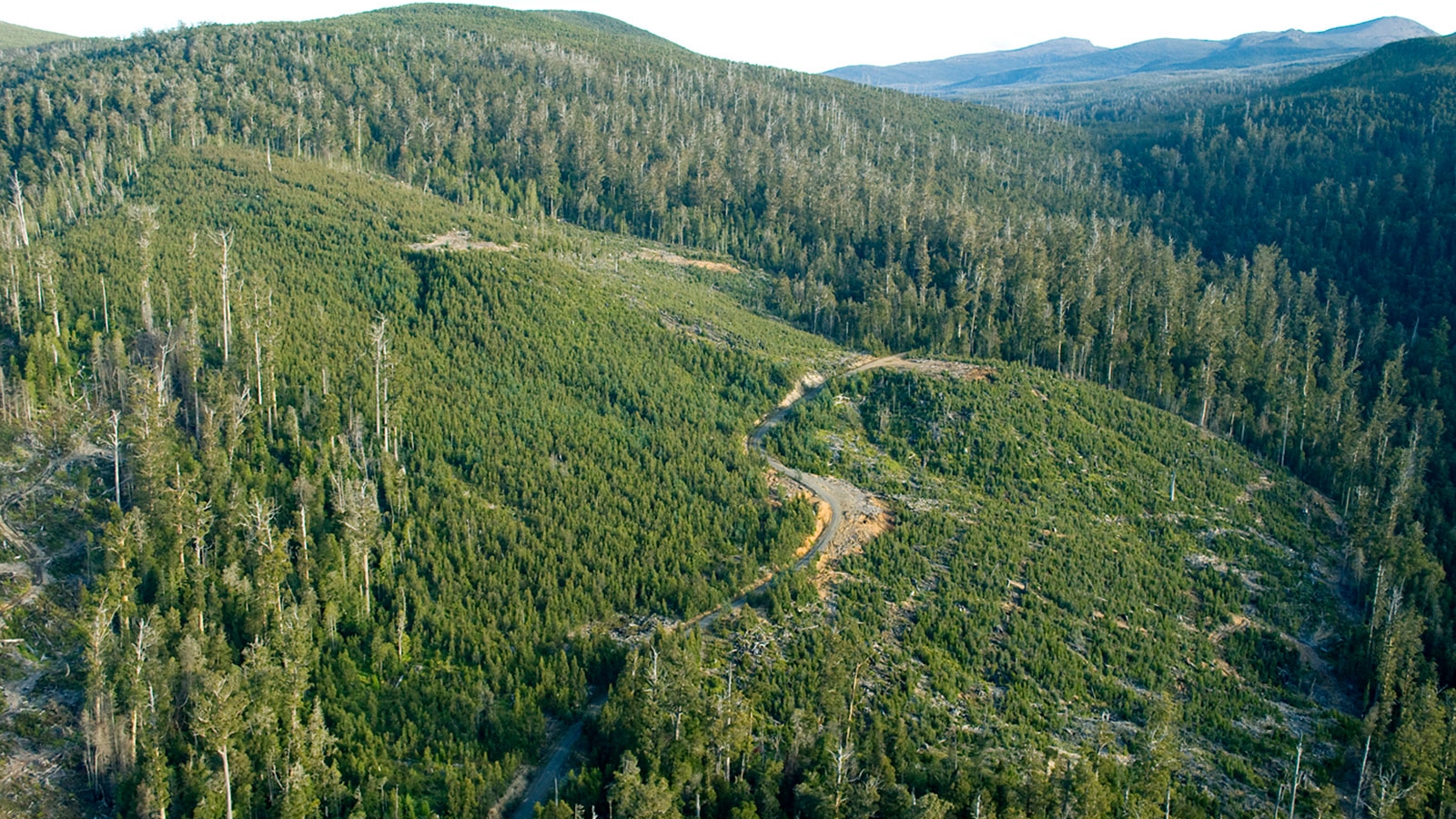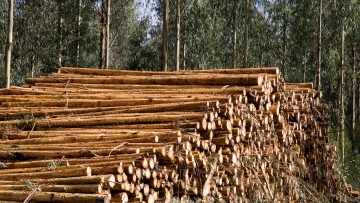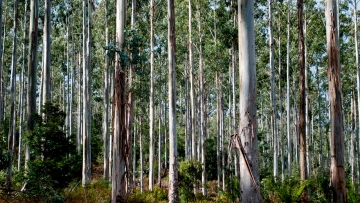
What we do
Our Key Activities
Sustainable Timber Tasmania’s key activities include:
- Planning for 90 years or more based on sound science to provide accurate and up-to-date knowledge of our forests
- Identifying and protecting important natural and cultural values
- Harvesting and regrowing native forests
- Establishing, growing and harvesting plantations
- Selling high quality sawlogs, peeler billets, specialty timbers and log residues to customers
- Managing fire risks (including fuel reduction burning) and fighting fires
- Building and maintaining roads we require for access to our operations
- Actively engaging with our customers, neighbours and the broader community before we make or implement decisions
- Seeking and maintaining independent internationally recognised forest certification (AFS/PEFC and FSC) required by key elements of our markets
The land we manage
As at 31 July 2015, the Permanent Timber Production Zone Land managed by Sustainable Timber Tasmania included:
- About 710,000 ha of native forests
- 110,000 ha of plantations that are available for wood production, comprising
- 56,000 ha of hardwood
- 54,000 ha of softwood
Of this total land area of 820,000 ha that is managed by Sustainable Timber Tasmania, about 486,000 ha is available for wood production. In addition about 121,000 ha is managed for reservation and 205,000 ha is unavailable for harvesting due to factors such as non-commercial forest, excessive slope, streamside reserves, inaccessibility etc.
The wood we supply
Sustainable Timber Tasmania is required under the Forest Management Act 2013 to make available a minimum annual quantity of 137,000 cubic metres of high quality eucalyptus sawlog.
In addition, we are contractually required to make available 157,000 meters of peeler billets (about 195,000 tonnes of logs).
We also have contractual obligations to supply about 50,000 cubic meters of lower quality saw logs and to supply special species timbers to sawmillers.
It is important to note that Sustainable Timber Tasmania’s harvesting operations are focused on producing high quality sawlog and peeler logs, rather than woodchips. However, the reality is that harvesting associated with the supply of high quality sawlogs and peeler logs unavoidably generates a significant volume of residues as by-products (because many trees and parts of trees are not of sawlog or peeler quality).
In fact, for every sawlog and peeler log produced in Tasmania, there are two residue logs. Getting the best possible economic return on these residues is therefore essential for the overall viability of the forest industry, and for generating a reasonable return for taxpayers.

